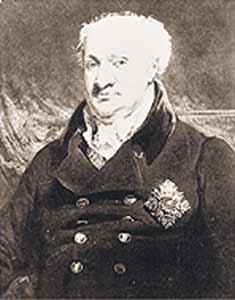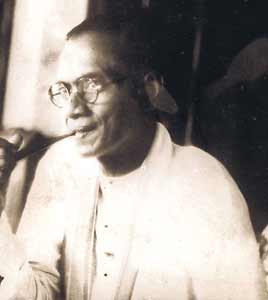British troops move to annex Kandy
 |
| Governor Brownrigg
1812 - 1818 |
January 1815 was a very significant month in the history of Sri Lanka. It marked the beginning of the end of the country's independence. With Kandyan chieftain Ehelepola seeking assistance from the British to oust King Sri Vickrama Rajasinghe, events unfolded for the British to capture the Kandyan kingdom.
Historian L. E. Blaze describes the story thus: "It happened about this time that ten Moor traders, who were British subjects, were barbarously ill treated by Sri Vickrama who charged them with being spies. They had gone into a Kandyan village to trade with the people as usual, when they were unexpectedly seized and taken to Kandy.
Here their arms, ears and noses were cut off by the king's orders and seven of them died in consequence of this. The remaining three were driven to Colombo and on hearing their story the governor decided to declare war at once against the Kandyan king. Another reason for fighting was that the Kandyans had crossed the river at Sitavaka, which was the dividing limit of the Kandyan country and plundered the inhabitants who were British subjects.
On the tenth January 1815, Sir Robert Brownrigg issued a proclamation setting forth the reasons which compelled the British to declare war against Sri Vickrama Rajasinghe. This proclamation stated definitely that the war was not a war against the Kandyan nation but against the tyrant who oppressed them; who had 'by the violation of every religious and moral law, become an object of abhorrence to mankind.’ The Kandyan people were promised full protection of person and property so long as the British advance was not opposed by them.
Their religion should be held sacred, their chiefs should preserve their accustomed ranks and dignities, and their ancient laws and institutions should be maintained.
The British troops marched from Colombo the next day, January 11 and on February 14th they entered Kandy in triumph. They met with scarcely any resistance, for the king was hated by most of his subjects and few would fight on his behalf. " |


